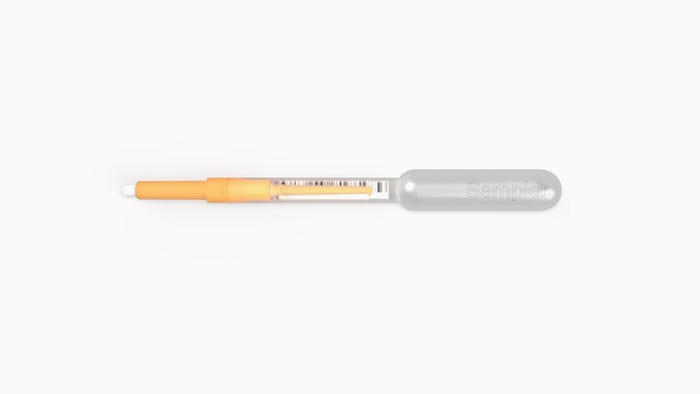Sponsored By
News
chemicals in beakers and pellets
Business
Encina Abandons Plans to Build $1.1 Billion Advanced Recycling PlantEncina Abandons Plans to Build $1.1 Billion Advanced Recycling Plant
The Houston-based company canceled the project in Township, PA, after the borough council voted unanimously to “strenuously and unequivocally oppose” its construction.
Sign up for the PlasticsToday NewsFeed newsletter.








































